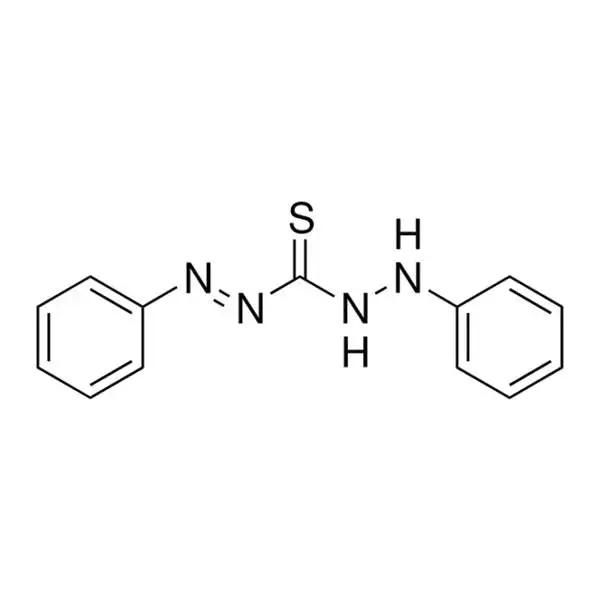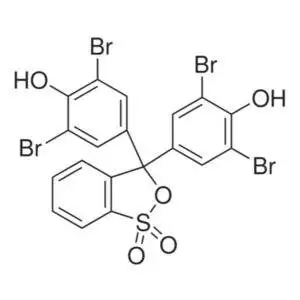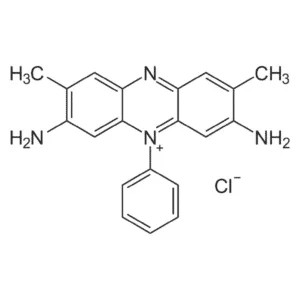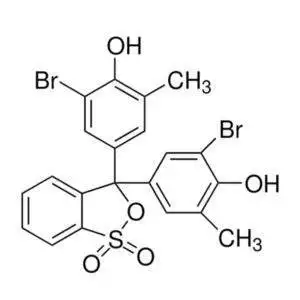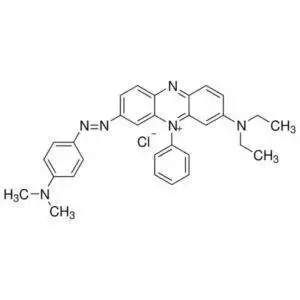Dithizone
CAS Number: 60-10-6
Molecular Weight: 256.33
MDL number: MFCD00003025
EC Index Number: 200-454-1
General description
Dithizone (Diphenylthiocarbazone) is used as chelating agent for zinc.[1] Dithizone is widely used for the liquid-liquid and solid phase extraction of various metals, since it forms stable complexes with the metals.[2]
Other Notes
Reagent for the extraction and separation of heavy metals[3][4]; Reagent for the extraction and flame atomic absorption spectroscopic determination of metals[5][6], Reagent for the spectrophotometric detection of heavy metals[7][8].
Royal Industries’ Rose Bengal for High-Performance Diagnostic and Research Applications.
| grade | ACS reagent |
| Quality Level | 200 |
| Assay | ≥98.0% (TLC) |
| form | powder |
| quality | for spectrophotometric det. of Cd, Cu, Hg, Pb, Zn |
| technique(s) | UV/Vis spectroscopy: suitable |
| mp | 168 °C (dec.) (lit.) |
| SMILES string | S=C(NNc1ccccc1)\N=N\c2ccccc2 |
| InChI | 1S/C13H12N4S/c18-13(16-14-11-7-3-1-4-8-11)17-15-12-9-5-2-6-10-12/h1-10,14H,(H,16,18)/b17-15+ |
| InChI key | UOFGSWVZMUXXIY-BMRADRMJSA-N |

